Whether you’re hosting a casual dinner party, a game day get-together, or a special event, a baked potato bar is always a hit. Learn how to build one like a pro.
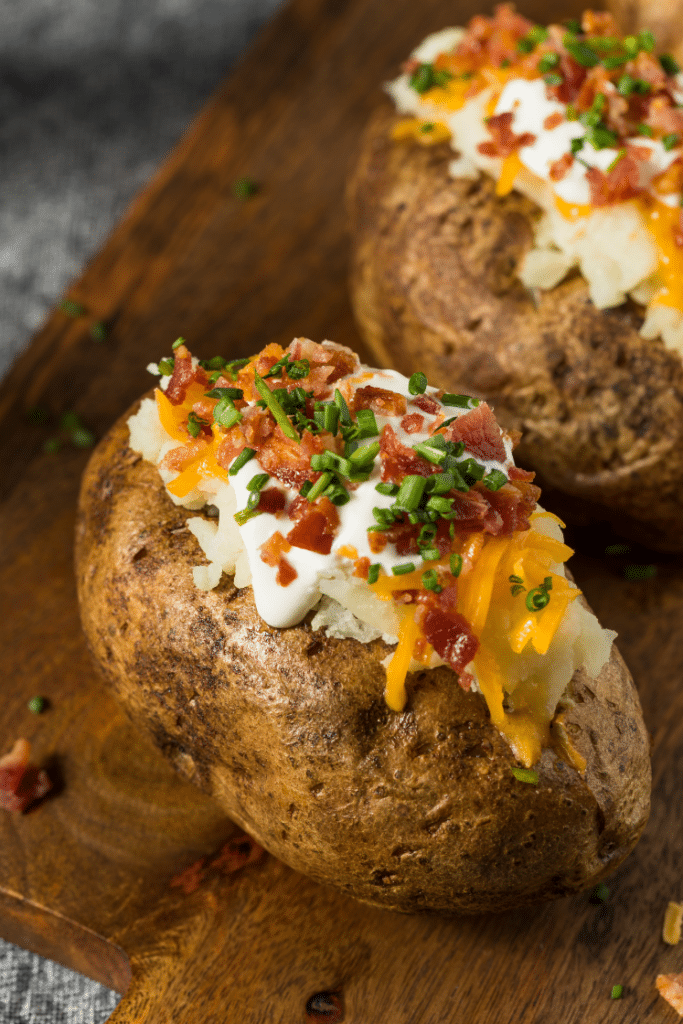
A baked potato bar can be a great party option because everyone can serve themselves something they like. Guests get to make their meal just how they want it, whether they keep it basic or load up on toppings.
Plus, it’s an excellent way for people to mix and chat over which toppings are the best, making for a fun, laid-back meal.
Potato prep
Selecting your potatoes
Russets are the classic choice for baking due to their fluffy texture. They’re also large enough to accommodate a variety of toppings. Plan your baked potato bar with one to two potatoes per person. It’s always better to have a few extras than to run short, especially considering some guests may enjoy more than one potato.
Washing and drying
Start by washing and drying your potatoes to remove any dirt or debris. If available, use a vegetable brush to scrub the skin gently. This step is crucial, as the potato’s skin is often eaten, especially when baked. After washing, dry each potato with a clean kitchen towel or paper towel. This step ensures the oil and salt stick properly to the skin.
Piercing and seasoning
Before baking, pierce each potato several times with a fork. This process allows steam to escape during baking, preventing the potatoes from bursting in the oven. Next, rub a small amount of oil all over each potato. Olive oil is popular for its flavor and health benefits, but vegetable or canola oil works well, too. After oiling, sprinkle each potato with salt. The salt not only seasons the potato but also helps to draw moisture out, contributing to a crispier skin.
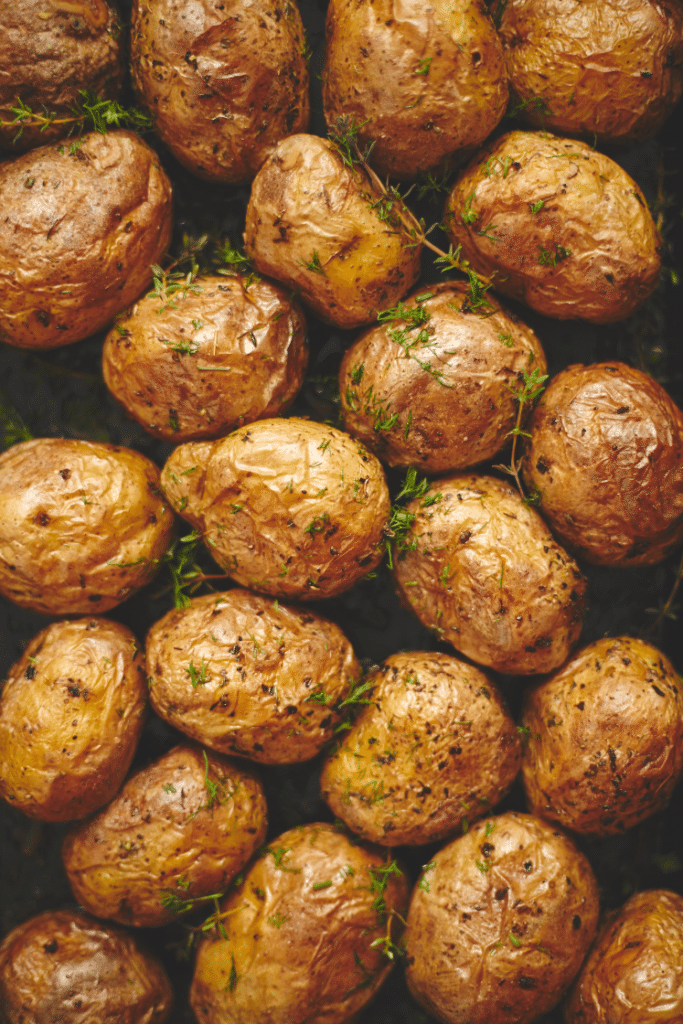
Storing before baking
Once prepped, you can store them in a cool, dark place for a short time. However, if you don’t plan to bake them soon, storing them in the refrigerator is safer to inhibit bacterial growth. Remember, food safety is paramount, so when in doubt, refrigerate. Cover them or place them in an airtight container to prevent them from absorbing odors from the fridge.
Preparing for baking
If refrigerated, when you’re ready to bake, take the potatoes out of the fridge and let them come to room temperature before putting them in the oven. Cold potatoes placed directly in the oven may cook unevenly, with the outer parts becoming too soft before the center is fully done.
Bake
To bake the perfect potatoes, preheat your oven to 375 degrees F. This temperature is perfect for baking potatoes, as it cooks the inside to a fluffy texture while evenly crisping the skin. A preheated oven is important for consistent cooking, so allow your oven to preheat a few minutes to reach the desired temperature.
While the oven preheats, place your prepared potatoes directly on a baking sheet. Spacing is key to allowing the hot air to circulate around each potato for an evenly crispy skin.
Bake them in the preheated oven for approximately 45 to 60 minutes or until they reach the desired level of tenderness inside and the skin becomes crispy. You can check for doneness at around 45 minutes by inserting a fork or skewer into one of the potatoes. If it slides in easily with little resistance, your potatoes are done. The skin should be crispy, and the inside should feel soft.
Once done, remove the potatoes from the oven and let them rest for a few minutes before serving. This allows the inside to settle and evenly distribute moisture, making them even fluffier.
“You might be tempted to wrap them in foil, but avoid that if you want crispy skin since it can trap moisture.”
— Shruthi Baskaran-Makanju, Urban Farmie
Prepare toppings
The beauty of a baked potato bar lies in its variety of toppings. Offer both classic and creative options:
- Traditional: Butter, sour cream, shredded cheese, chives, and bacon bits.
- Lighter: Greek yogurt, salsa, chopped scallions, and sliced avocado.
- Protein: Chili, pulled pork, grilled chicken, smoked salmon, shredded crab, or vegetarian options like black beans, tofu and marinated tempeh.
- Veggies: Sautéed mushrooms, steamed broccoli, diced tomatoes, and bell peppers.
- Condiments: Ketchup, hot sauce, barbecue sauce, balsamic reduction, pesto aioli, sriracha, and aioli.
- Cheese varieties: Crumbled feta, goat cheese, smoked gouda, provolone, and vegan cheese shreds.
- Fresh herbs and spices: Chopped cilantro, parsley, paprika, cumin, red pepper flakes, and jalapeños.
- Pickled and fermented options: Pickled red onions, jalapeños, kimchi, and sauerkraut.
- International flavors: Tzatziki, hummus, curry sauce, pico de gallo, and guacamole.
- Gourmet touches: Truffle oil, sautéed leeks, roasted garlic, caramelized onions, artichoke hearts, and roasted red peppers.
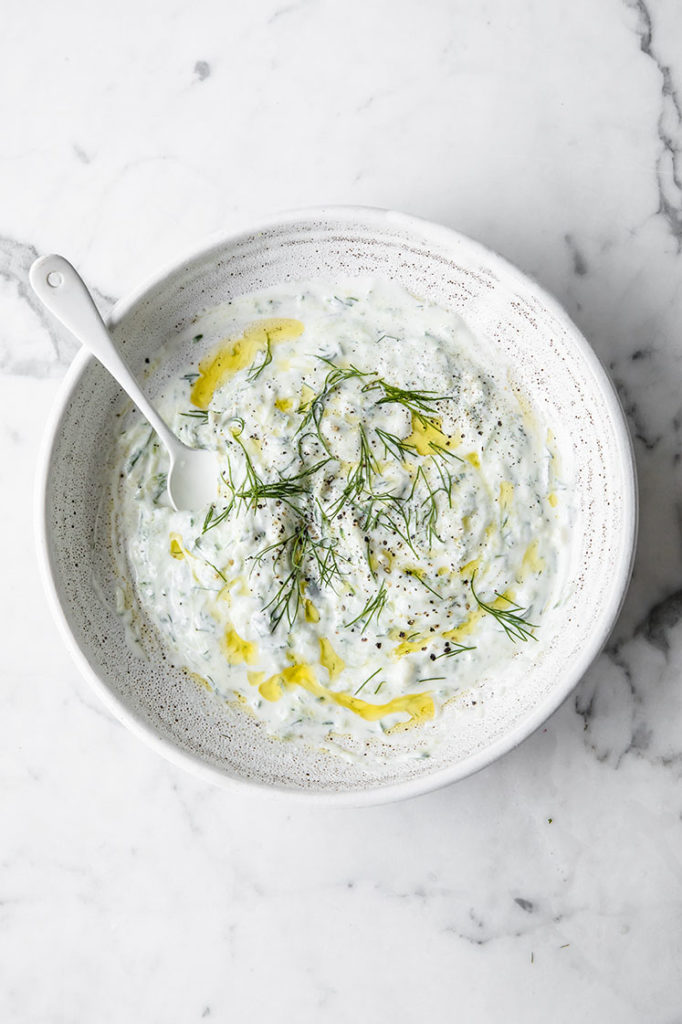
“Make sure your potato bar has a variety of toppings that fit various diets. Consider items ranging from traditional shredded cheddar to steamed broccoli to chili with meat and vegetarian options.”
— Michelle Price, Honest and Truly
Be sure to prepare your toppings in advance. Chop vegetables, shred cheese, cook bacon and make sauces or chili. Store these toppings in separate containers with lids in the refrigerator.
To prevent waste and ensure there’s enough for everyone, use this rule of thumb: prepare about ⅓ cup of each topping per person. You can scale this amount down slightly for larger crowds, as not everyone will sample every topping.
Keeping potatoes warm
Maintain the ideal temperature for your baked potatoes throughout your potato bar party. Here are effective methods to keep them warm:
- Slow cooker: Set your slow cooker to the warm setting to maintain a hot temperature for the potatoes, ensuring they stay warm without continuing to cook.
- Insulated food carriers: These are designed to maintain the temperature of the food. They’re especially useful if the potatoes are finished before guests arrive.
- Chafing dishes: Filled with hot water, these catering staples can keep many potatoes warm for hours.
- Oven method: Keep the baked potatoes in the oven on the lowest setting. This is a particularly effective method for smaller gatherings.
Food safety tips
Once cooked, keep baked potatoes hot — above 140 degrees F to prevent the growth of harmful bacteria. If you plan to store the potatoes for later use, cool them quickly and refrigerate within two hours of cooking. Rapid cooling can be done by spreading the potatoes on a clean surface or cutting them open to release heat. Do not leave baked potatoes at room temperature for more than four hours.
For toppings, it’s important to differentiate between hot and cold items to maintain their safety and freshness. Keep hot toppings like chili or pulled pork in a warming dish or a slow cooker to maintain a temperature above 140 degrees F. Cold toppings like sour cream or cheese should be served in chilled bowls or over ice. Toppings should not sit out for longer than 2 hours to avoid the risk of foodborne illness.
To minimize the risk of contamination, provide serving utensils for each topping and encourage guests to use them instead of their hands. Regularly check the temperature of both hot and cold items throughout, and swap out or refresh toppings as needed to ensure they remain at safe temperatures.
While it’s common to bake potatoes wrapped in foil, once they’re cooked, remove the foil if you plan to store them. Keeping the foil on can create an anaerobic environment that fosters bacterial growth. This is particularly important for potatoes stored at room temperature or in a warming appliance. To store cooked potatoes safely, remove the foil and refrigerate them in a shallow, airtight container.

Serving
Organize your baked potato bar to mimic the order in which guests generally build their potatoes. Start with the potatoes, followed by warm sauces and proteins. Next, arrange a variety of vegetables, both cooked and raw, for added texture and color. Follow this with a selection of cheeses, then serve cold items, such as sour cream, fresh herbs, and chilled sauces, at the end of the line.
Use bowls and platters for toppings, choosing sizes that match each item’s popularity and serving size. For example, cheese and sour cream may require larger bowls. Label each topping clearly to accommodate dietary restrictions and preferences. Add a touch of style by using matching or themed serving ware, and enhance the visual appeal with tablecloths and garnishes.
For practicality, provide spoons and tongs next to the toppings. Spoons and ladles are perfect for sauces and chili, while tongs work well for vegetables and proteins. Adding utensils specific to each topping’s texture and consistency streamlines the serving process and helps ensure a mess-free self-service experience.
To further improve the self-service experience, consider the flow of traffic around the potato bar and allow enough space for guests to move freely and comfortably. If space permits, set up the potato bar as an island so guests can navigate around to reduce congestion.
What to serve alongside your baked potatoes
If the baked potatoes are serving as a side dish, prepare a main dish with them. Consider options that complement the flavors of the potatoes and toppings:
Grilled steak
This classic choice pairs well with a variety of potato toppings. Consider serving a selection of cuts such as ribeye, sirloin, or filet mignon to cater to different preferences. Season the steaks with salt, pepper, and herbs for a simple yet delicious preparation. The steak’s richness complements the baked potatoes’ fluffy interior, especially with butter, sour cream, or cheese toppings.
Baked salmon
Salmon is a rich, flavorful option that can be enhanced with a simple seasoning of lemon and herbs. Its rich texture and freshness add a nice contrast to the fluffy texture and earthy taste of the potatoes, especially when topped with sour cream or a dollop of pesto.
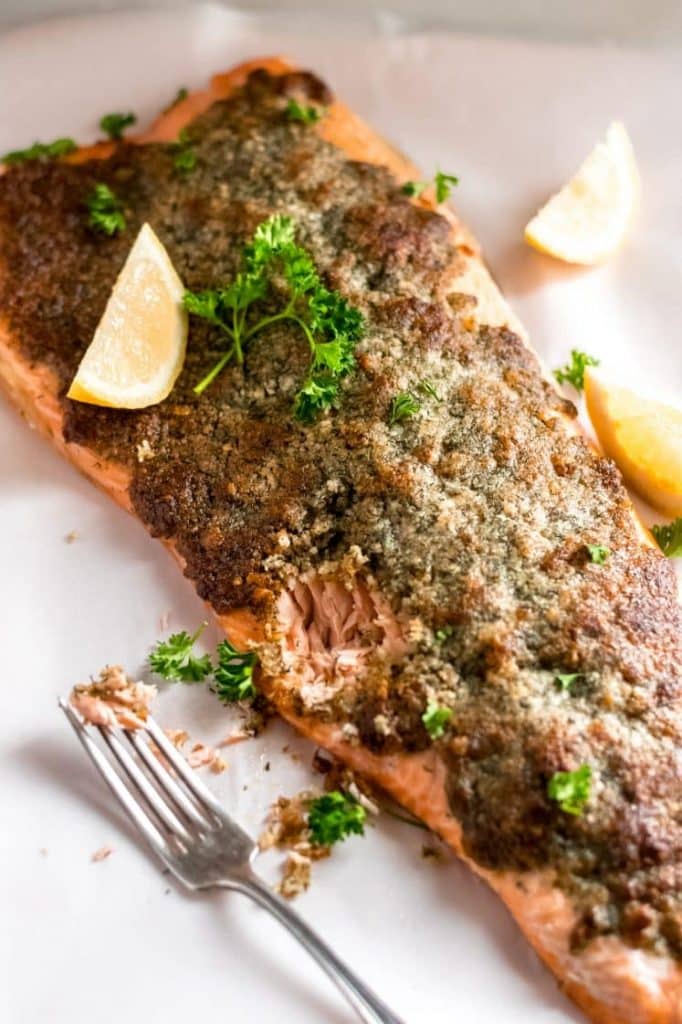
Roasted chicken
Roasted chicken is another versatile and popular main dish for those who prefer a lighter protein option for their guests. You can roast a whole chicken with herbs like rosemary, thyme, and garlic for a flavorful crust that complements the soft texture of baked potatoes. The juices from the chicken can also serve as a natural, savory sauce for the potatoes.
Vegetarian and vegan options
Grilled portobello mushrooms, stuffed bell peppers, or creamy soups are excellent choices that give depth and complexity of flavor, complementing the simplicity of baked potatoes.
Salads and veggies
A fresh salad can balance the hearty baked potatoes and the main dishes. Consider a mixed green salad with a variety of vegetables, nuts, and a light vinaigrette. Additionally, a side of steamed or roasted vegetables, like asparagus, green beans, or carrots, adds color and nutritional value to the meal.
Clean-up
To simplify clean-up, use serving dishes that come with lids for easy storage of leftovers. Encourage guests to help themselves to seconds or take leftovers home, providing them with containers if possible. You can even tell them to use their leftovers to make another potato-based meal, like this twice baked potato casserole.
For any remaining toppings, promptly refrigerate them in airtight containers. This will maintain freshness and prevent spoilage.
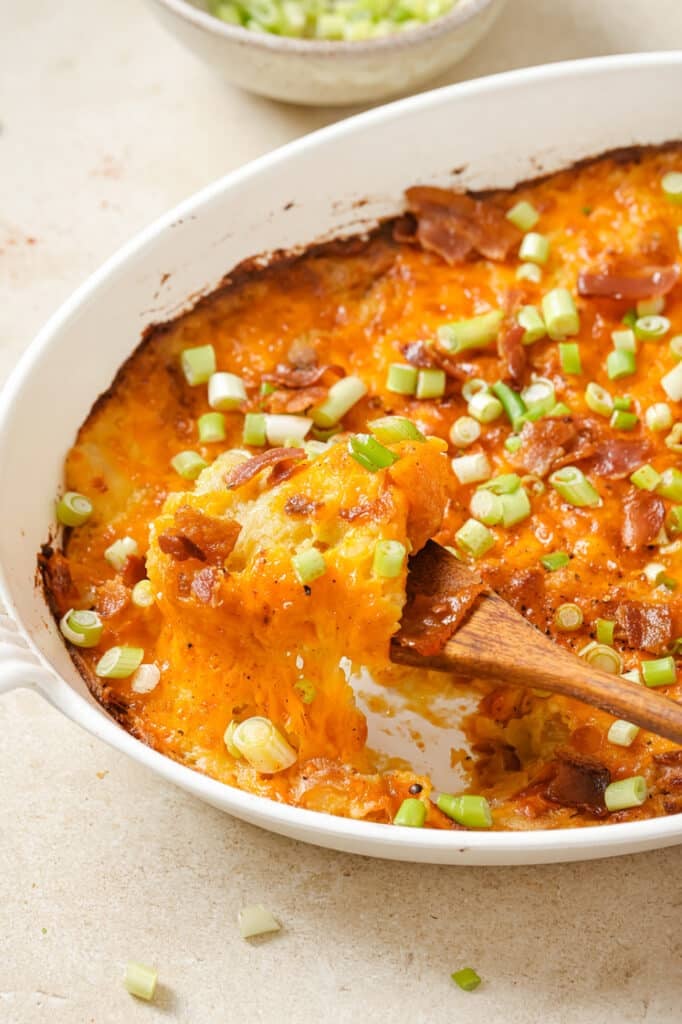
Portions of this article originally appeared on Food Drink Life.
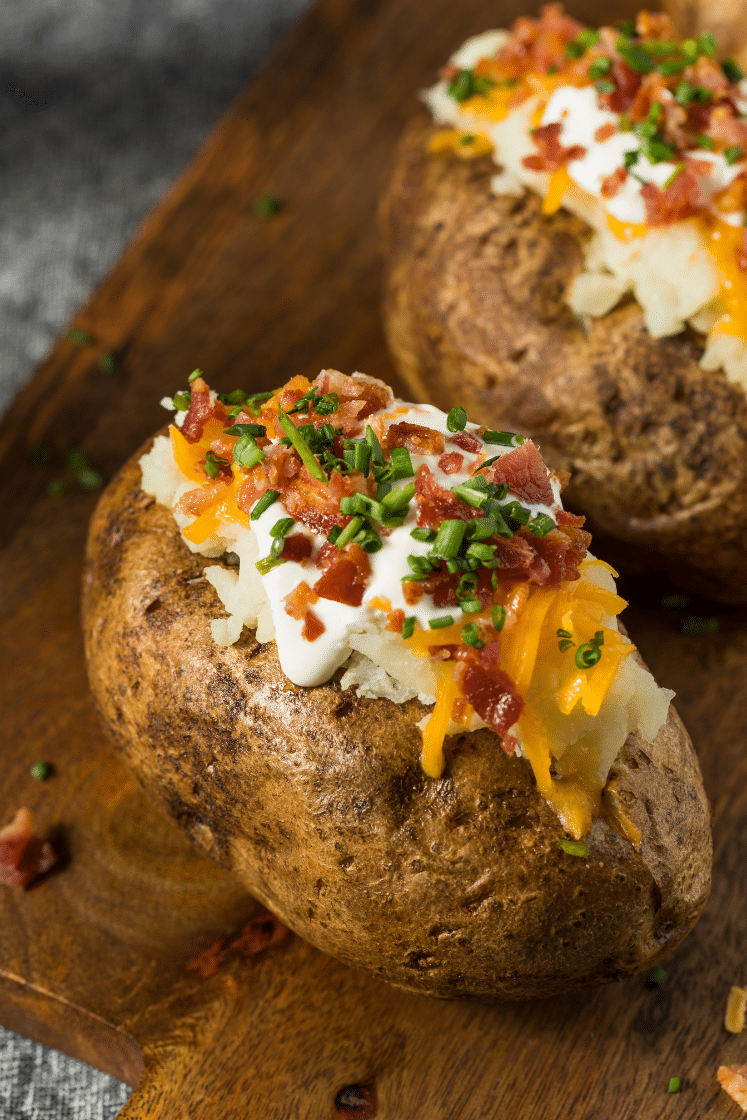



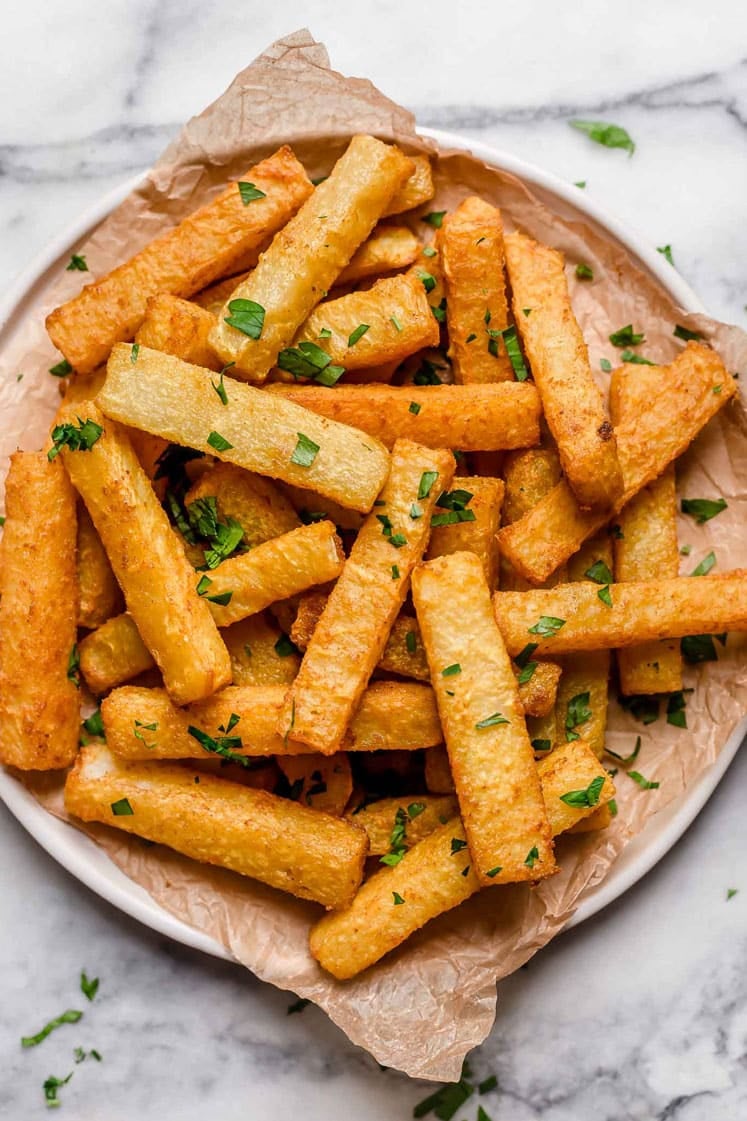
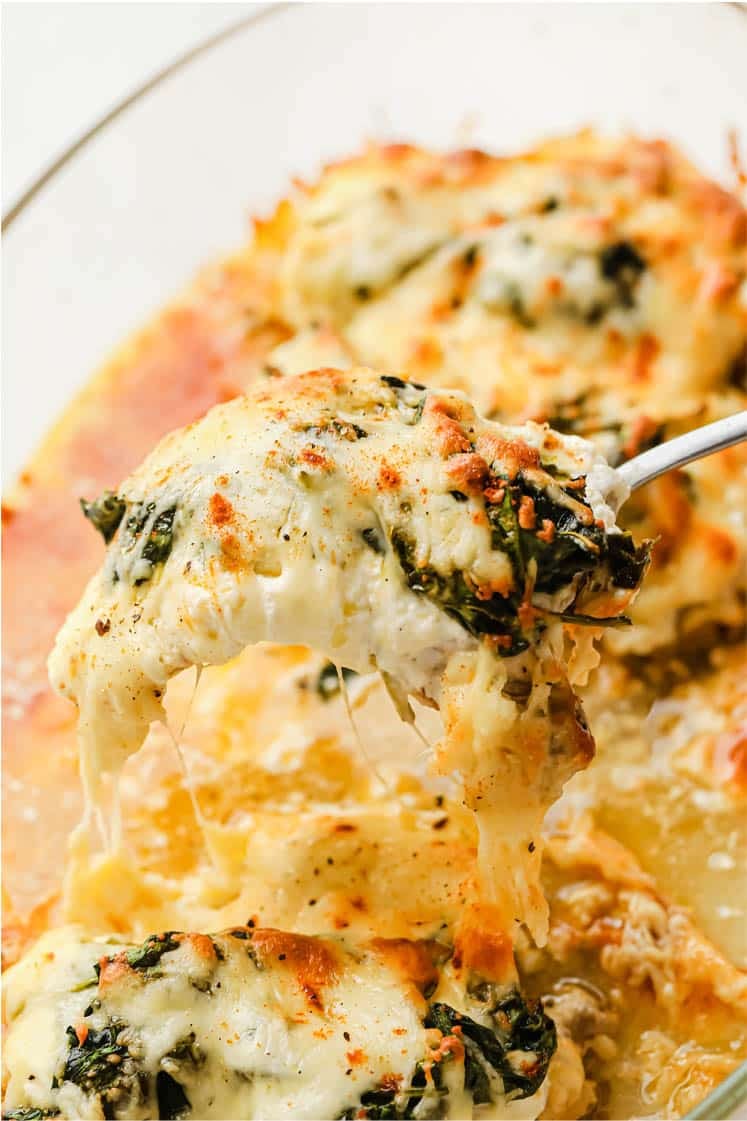
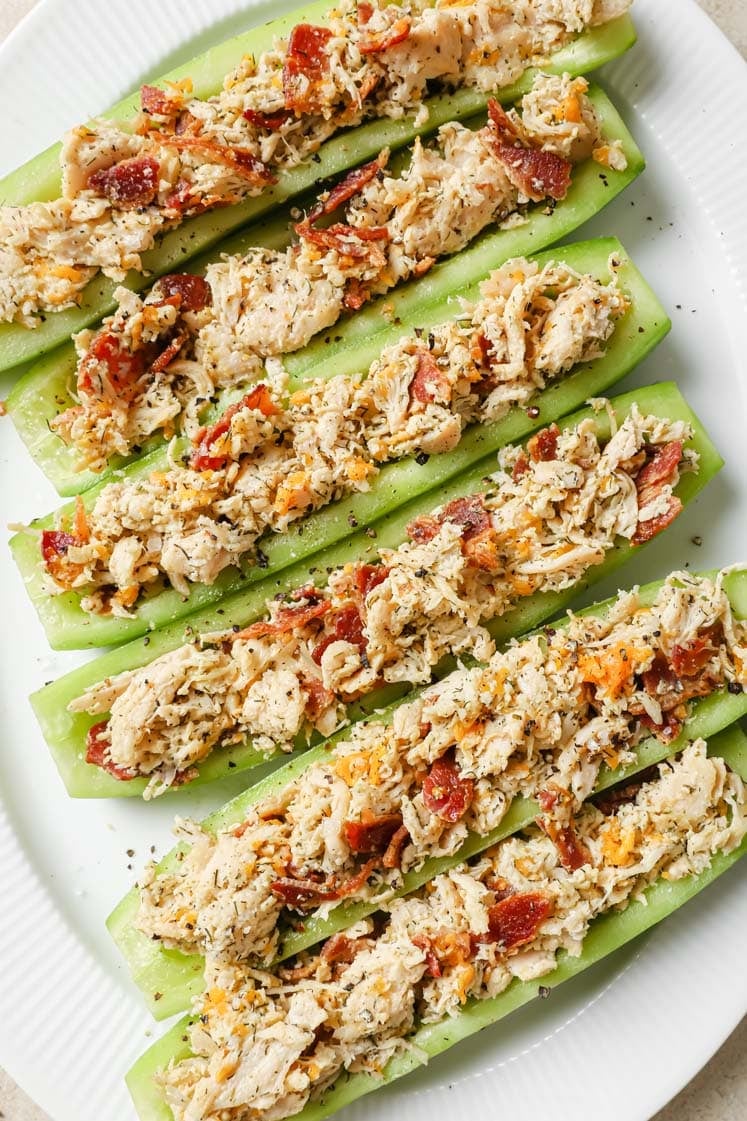
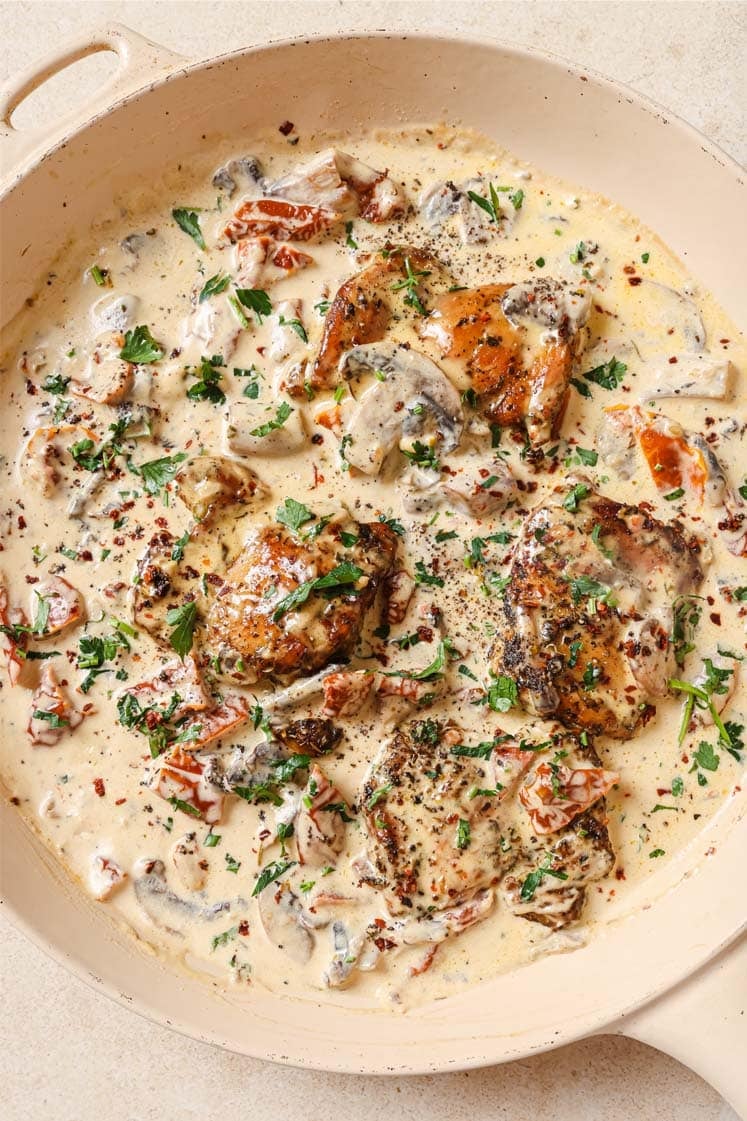
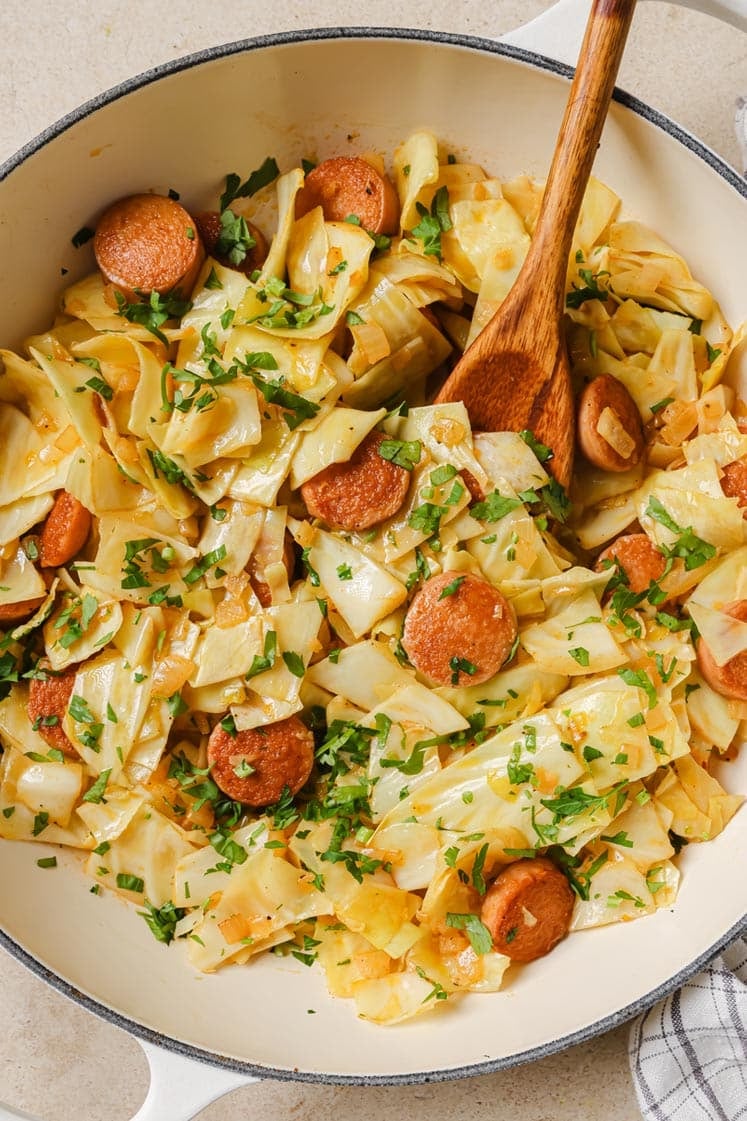
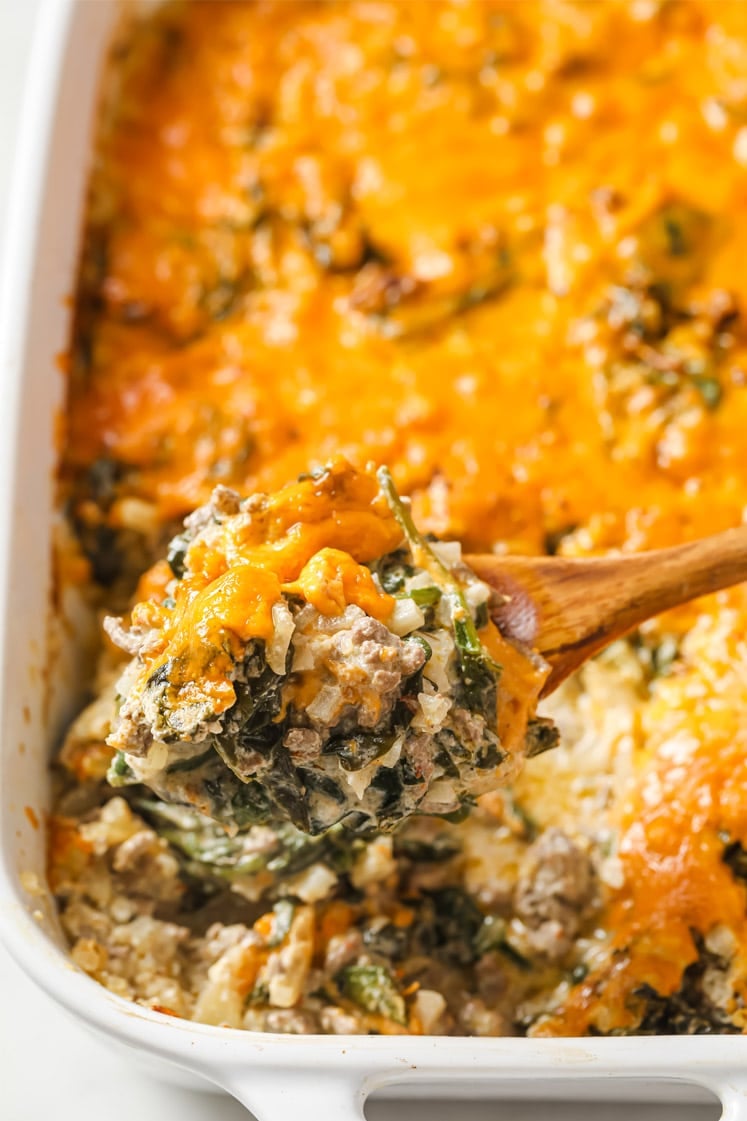
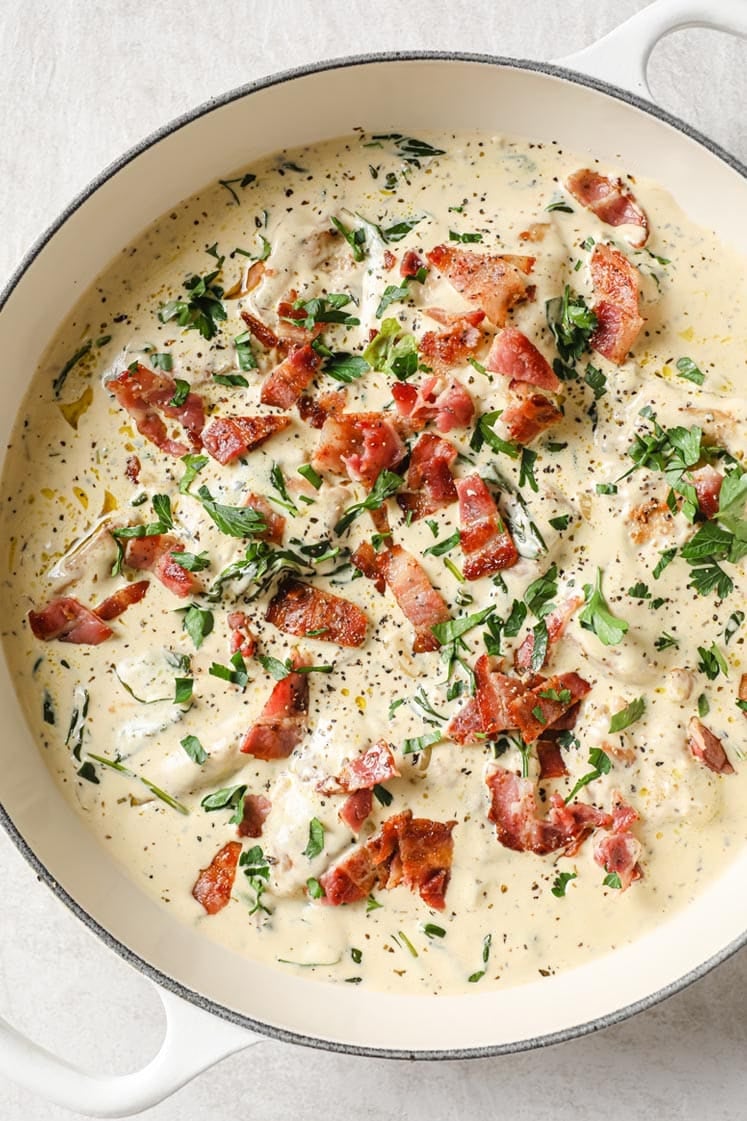
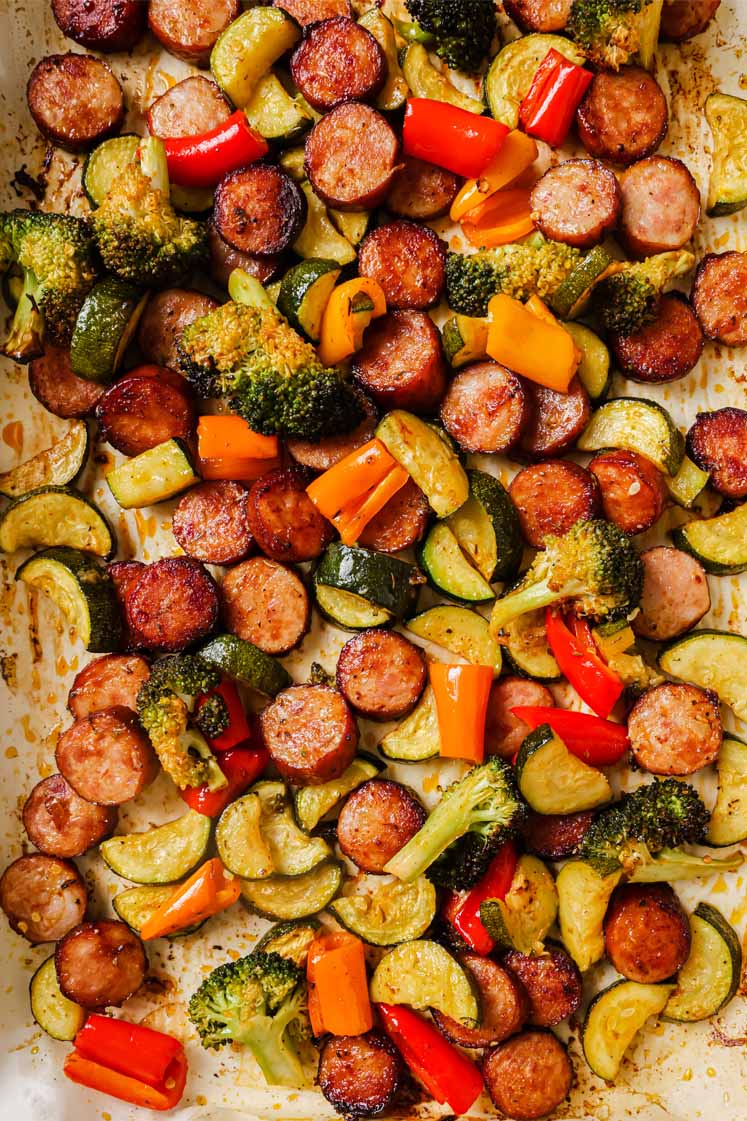
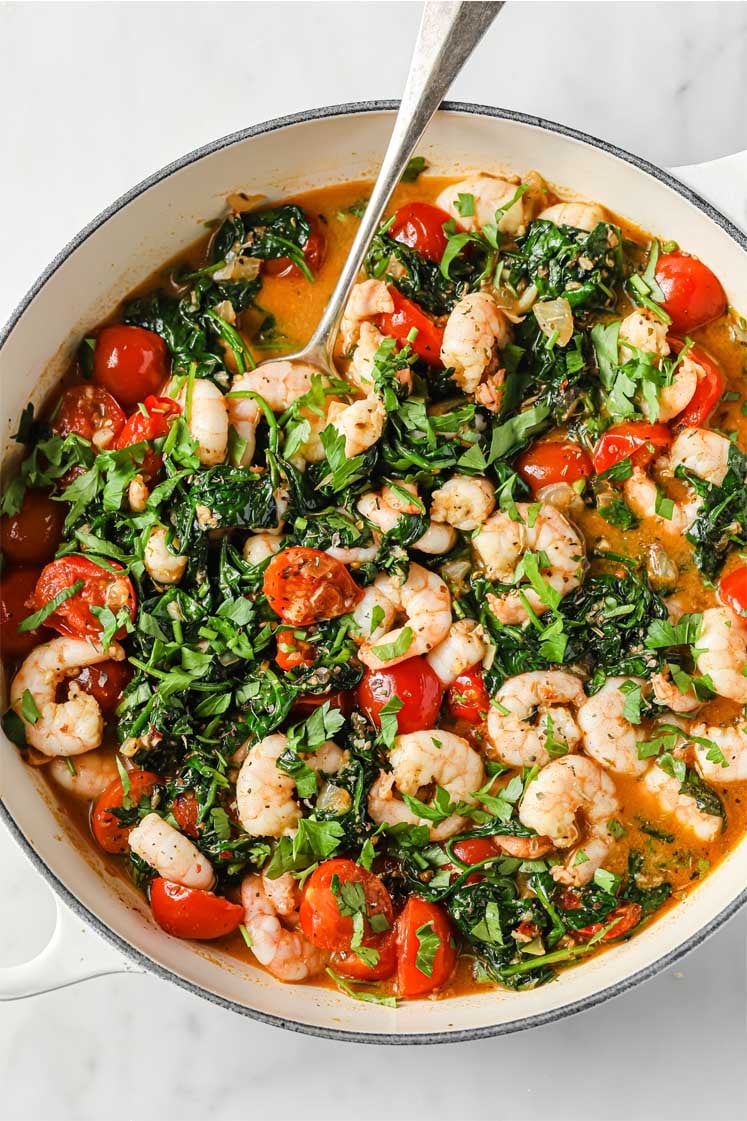
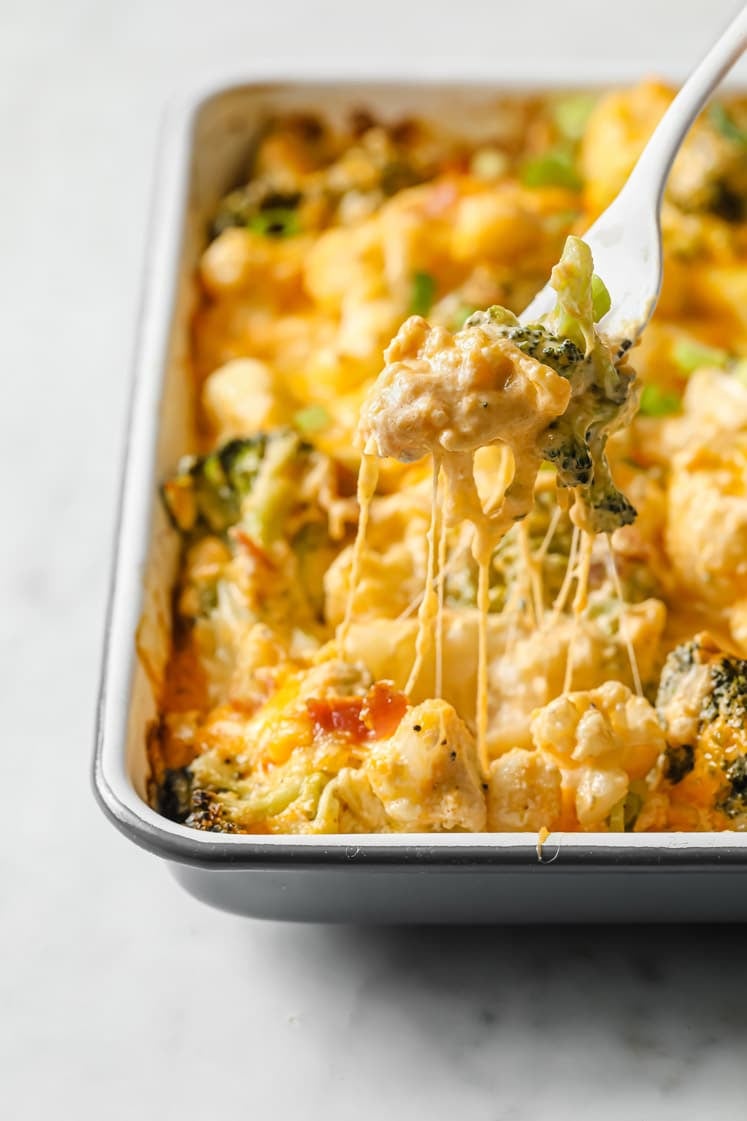
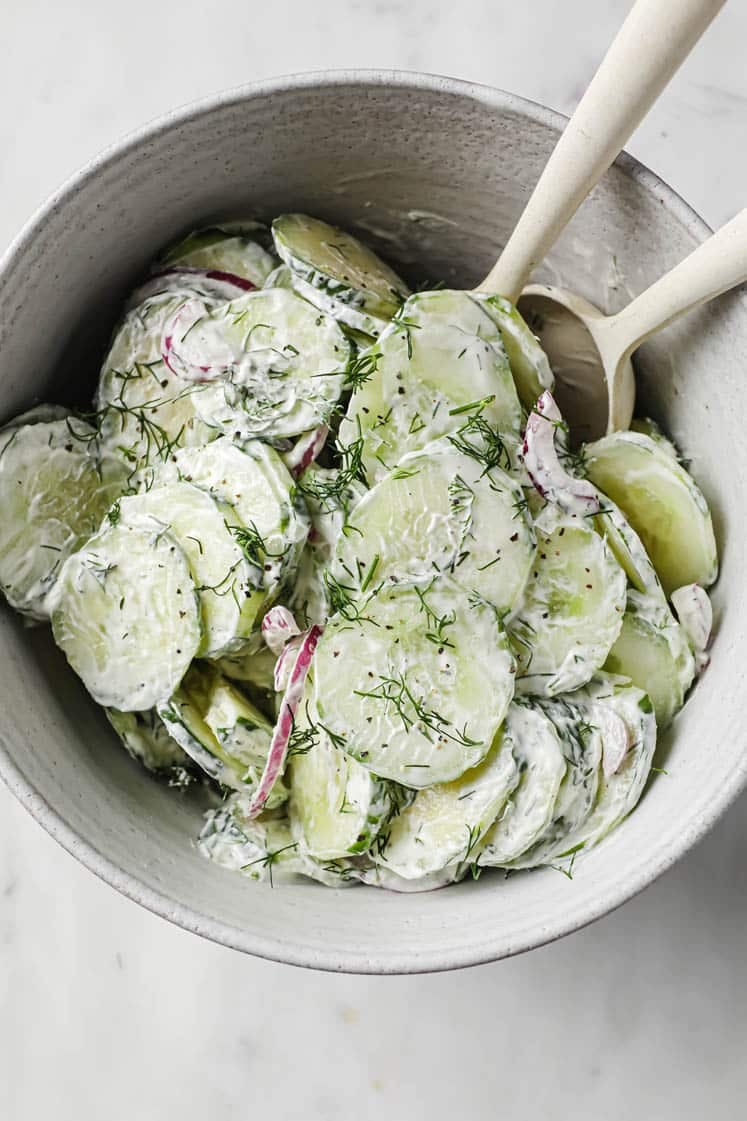









Leave a Reply